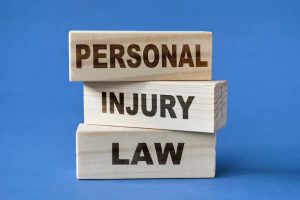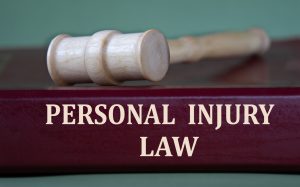But what if the incident was or is entirely out of the employer’s control? Here Karen Holden, employment lawyer and Founder of A City Law Firm, outlines the responsibility of employers and provides advice on what they should do if an employee is injured.
The Health and Safety at Work Act (1974) governs the laws on health and safety management in the workplace. Responsibility lies with the employer and employee; employers have a duty to ensure the safety of their employees, and employees have a duty towards themselves and each other to take reasonable care of their own safety and the safety of others.
These duties are based on the principle of “so far as is reasonably practicable”, meaning that an employer need not take measures to reduce the risk if it would be grossly disproportionate to the risk itself. Generally, employers should take a sensible approach to ensuring a safe working environment.
There are various measures employers can take to reduce the risk of injury to their employees and others in the workplace:
Prepare a health and safety policy
Every business should have a policy for managing health and safety and should detail who has specific responsibilities, the general health and safety policy and what practical arrangements are in place showing how policy aims will be achieved. The policy could be contained within the staff handbook which should be readily accessible to all employees.
Carry out risk assessments
Employers must make “suitable and sufficient” risk assessments which must be periodically reviewed and updated. For businesses with more than 5 employees, risk assessments must be written down and should record the hazard, how that hazard may harm people and what is already being done to control this hazard.
Training should be effective, easy to understand and should take place during working hours. Employers should consider whether any contractors or self-employed people are working for them, as it is likely that they will require their own insurance and some health and safety laws may not apply.
Display the health and safety law poster
There are various versions of this poster; the most appropriate (depending on where the business is based) must be displayed on all business premises. Alternatively, the leaflet equivalent of this poster must be provided to employees.
Despite taking all reasonable measures to ensure a safe working environment, there will always be a risk of an accident in the workplace. Should an employee be injured at work, there are a number of things an employer should do:
Report all accidents
Under social security law, businesses with more than 10 employees must keep an accident book, into which all accidents, no matter how minor, should be recorded. It should detail the time, date, the injured person, witnesses and the nature and extent of the injury. Accidents must be recorded where it results in the incapacitation of an employee for 3 consecutive days.
More severe injuries such as serious burns, occupational diseases, gas incidents and death must be reported in a RIDDOR report under the Reporting of Injuries, Diseases and Dangerous Occurrences Regulations 2013. Such reports must be made within 15 days of the accident.
Notify the employer’s insurance company
It is important to notify the insurance company as soon as an accident occurs. This is so that a claims investigator can be appointed to investigate the accident immediately in case an accident turns out to be much more serious than anticipated, and a claim is made against the business.
Give employees ample time off
Ensure that employees are given appropriate medical treatment as well as ample time off to recover.
Improve health & safety
Revisiting risk assessments will allow employers to figure out how the accident may have come about. There will also be an opportunity to consider what further or better adjustments can be made in order to prevent similar accidents.
Unfortunately, accidents at work are quite common and depending on the business or industry they are inevitable. In order to avoid or minimise the risk of an accident, employers should continually assess the working environment of their employees and consider what practical steps can be taken to further prevent any accidents. In the event an accident does occur it is best practice to ensure that the above procedures are followed. Failure to do so may result in further accidents and also claims in respect of those accidents may be brought against the company.




















